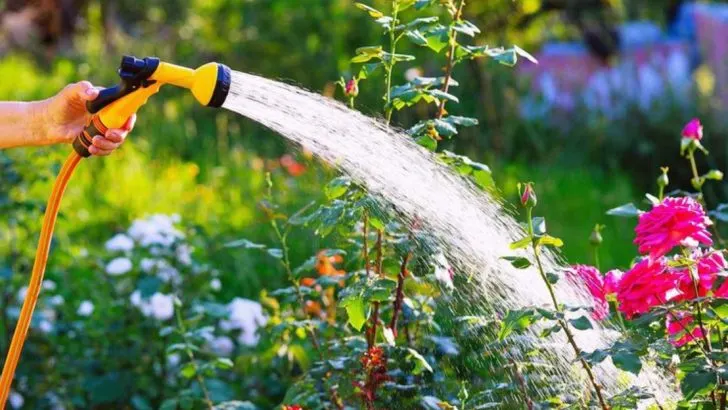When extreme heat hits, your plants can suffer from wilting, dehydration, and even sunburn. But with the right strategies, you can help them stay healthy and resilient even during the hottest days.
In this article, we share 13 ways to help your plants survive a brutal heatwave. From proper watering techniques and strategic shading to mulching and choosing heat-tolerant plants, these tips will protect your garden from scorching temperatures. Don’t let the heat ruin your hard work—follow these expert-approved methods to keep your plants thriving all summer long!
Early Morning Watering
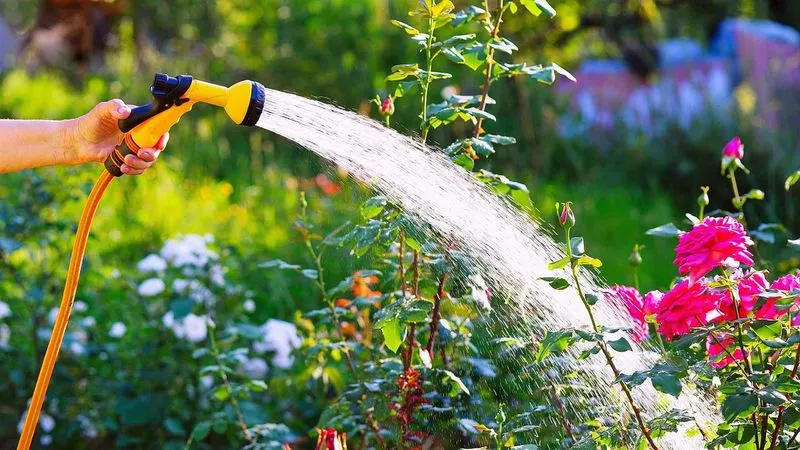
Watering your plants early in the morning is crucial during a heatwave. This practice allows moisture to penetrate the soil before the sun intensifies, reducing evaporation significantly. Ensure that the water reaches the roots, not just the surface, by watering deeply and thoroughly. Mornings offer cooler temperatures, providing the plant with a chance to absorb water effectively without the immediate threat of evaporation. By focusing on early hours, you help establish a robust hydration routine that supports plant resilience. This simple adjustment in timing can profoundly impact your plants’ ability to cope with extreme heat.
Mulching Magic
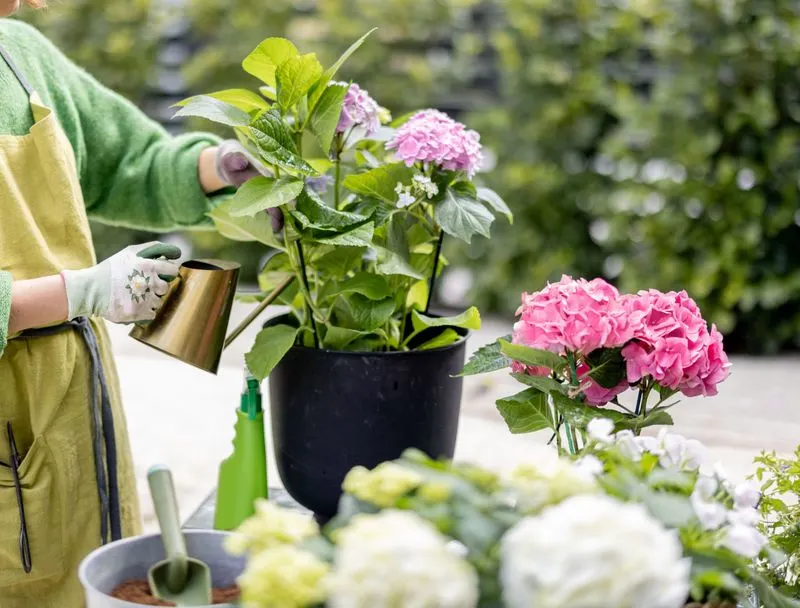
Mulching acts as a protective barrier between the soil and the harsh sun. It conserves moisture by reducing evaporation and moderates soil temperature, creating a stable environment for roots. Organic mulches, such as straw, wood chips, or shredded leaves, enrich the soil as they decompose, offering additional nutrients. This layer also helps suppress weeds, reducing competition for water and nutrients. By investing in quality mulch, you enhance your garden’s resilience against heat stress. This method is both simple and effective, acting as a shield for your plants when they need it most.
Shade Solutions
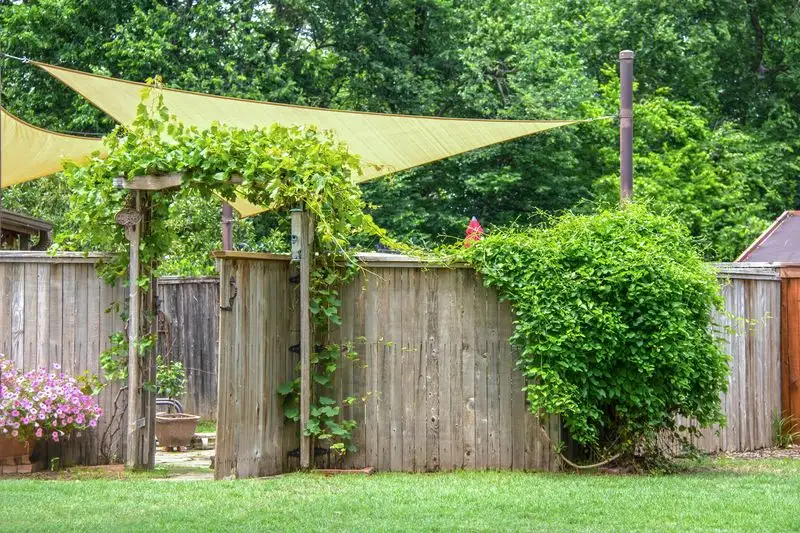
Providing shade can make a world of difference during intense heatwaves. Temporary structures like shade cloths, umbrellas, or even old bedsheets offer protection against the scorching sun. These solutions reduce the amount of direct sunlight hitting your plants, lowering temperatures and minimizing water loss. By strategically placing these shades during the hottest parts of the day, you create a cooler microenvironment for your plants. This not only helps prevent wilting but also reduces the risk of sunburn on leaves. A little creativity in shading can go a long way in preserving plant health.
Soil Health Check

Healthy soil is the foundation of plant resilience. During heatwaves, it’s essential to maintain its structure and moisture-retention capacity. Regularly check the soil for signs of compaction or dryness. Amend it with organic matter like compost to improve its water-holding abilities. This boosts the soil’s capacity to support root systems even in extreme conditions. A well-aerated and nutrient-rich soil encourages strong root growth, increasing the plant’s overall resilience. Routine soil checks and amendments can significantly enhance your plants’ ability to endure prolonged heat.
Smart Plant Placement
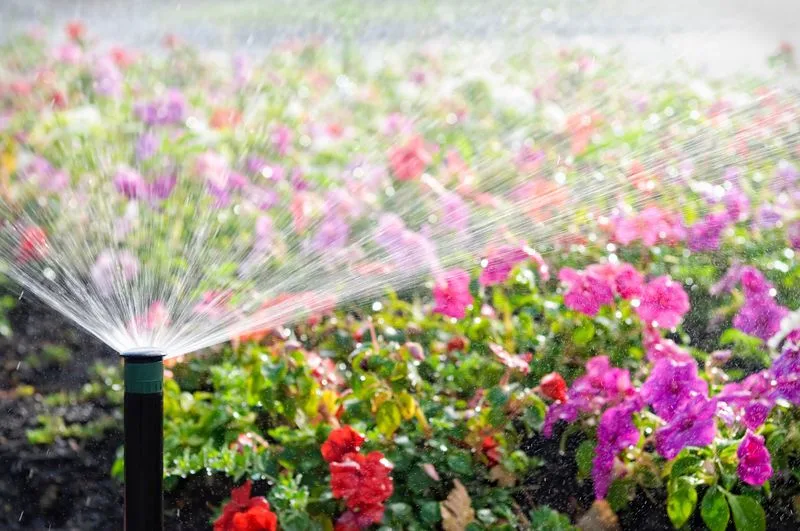
The location of your plants can influence how they cope with heat. Position sun-sensitive species in areas with morning sun and afternoon shade. This placement shields them from the most intense heat, reducing stress. For container plants, moving them can be a quick fix to avoid harsh conditions. Grouping plants with similar water and light needs optimizes care efforts and improves their collective microenvironment. Strategic arrangement can make a substantial difference in how your plants handle heatwaves, providing them with the best chance to thrive despite challenging weather.
Hydrogel Help
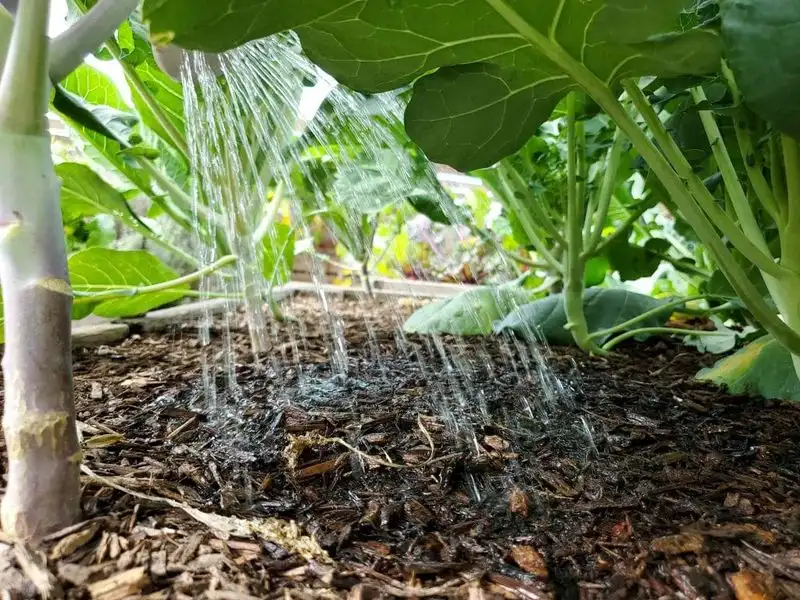
Hydrogels are a secret weapon for water retention. When mixed into the soil, they absorb water and slowly release it as the soil dries, keeping plants hydrated longer. This is especially useful during heatwaves when water evaporates quickly. Hydrogels are non-toxic and safe for all plant types, making them a versatile tool for gardeners. By using hydrogels, you minimize the frequency of watering, saving time and resources. This innovative solution helps maintain consistent moisture levels, reducing plant stress and improving overall health during prolonged periods of heat.
Windbreak Wonders
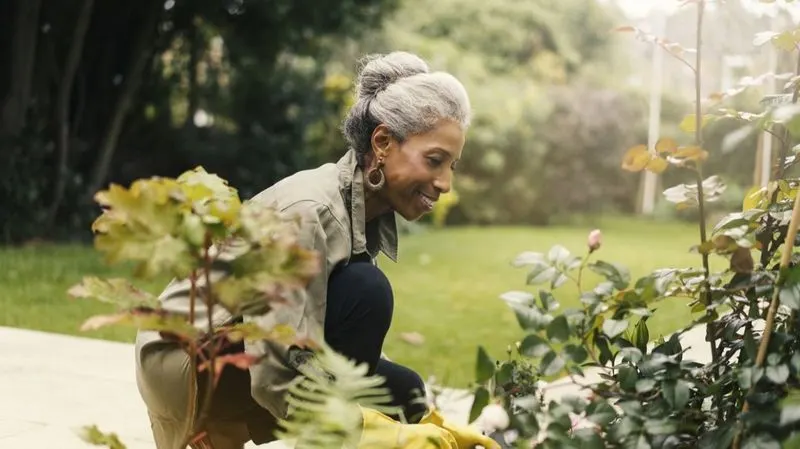
Wind can exacerbate heat stress by increasing evaporation rates. Installing windbreaks like fences, hedges, or trellises can help reduce wind speed and protect your plants. These structures create a sheltered environment, allowing the soil to retain moisture more effectively. Windbreaks can be both functional and decorative, enhancing your garden’s aesthetic while providing essential protection. By mitigating the effects of hot, dry winds, you help your plants conserve energy and focus on growth. This strategy ensures your garden remains a haven for plants even in challenging weather conditions.
Watering Techniques
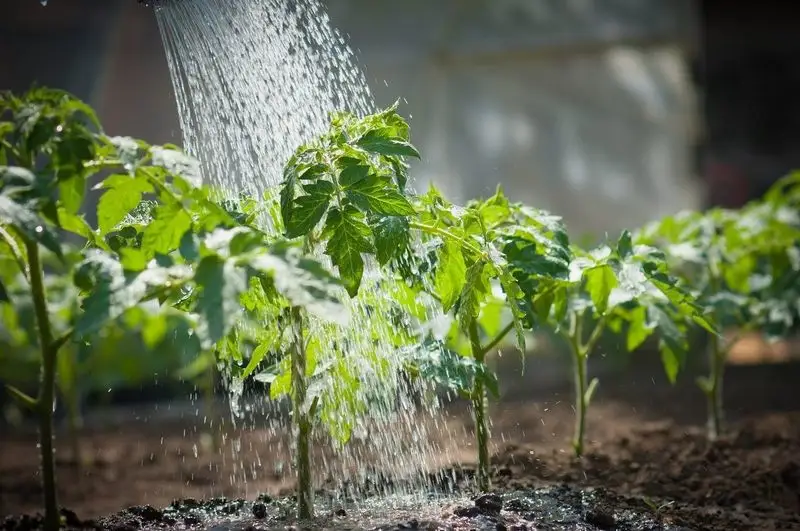
Investing in efficient watering systems can greatly benefit your plants during a heatwave. Techniques such as drip irrigation deliver water directly to the roots, minimizing loss through evaporation. This method ensures that every drop counts, providing consistent hydration without over-saturating the soil. Timers can be paired to automate watering schedules, optimizing water usage even further. By adopting advanced watering techniques, you safeguard your plants against dehydration and promote sustainable gardening practices. These systems save time and effort while ensuring your plants receive the care they need during extreme heat.
Humidity Hacks
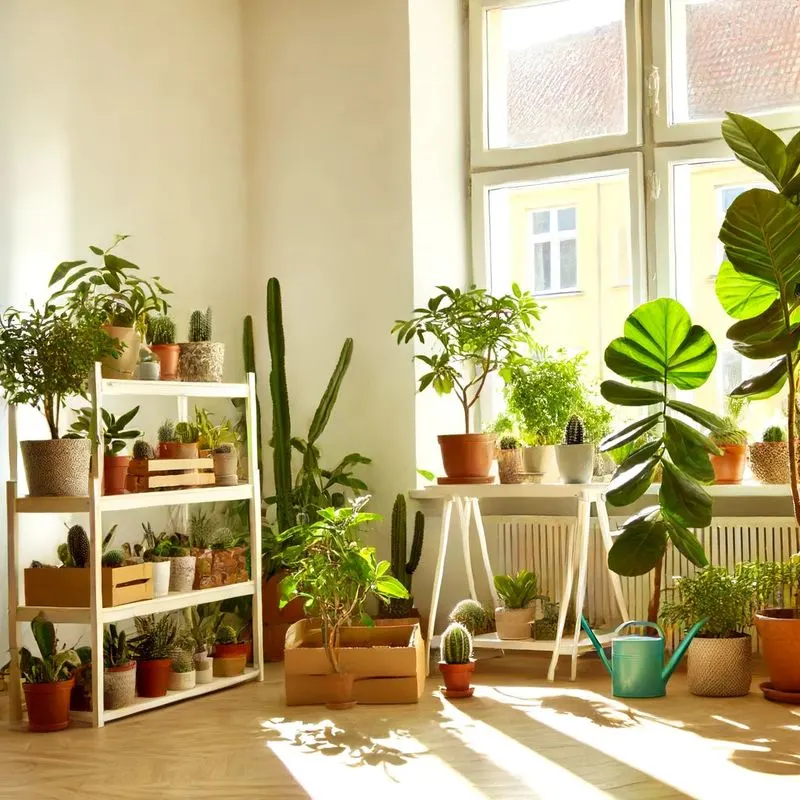
Enhancing humidity around your plants can alleviate heat stress. Misting leaves, grouping plants together, or using saucers filled with water can increase local humidity levels. This is particularly beneficial for tropical plants that thrive in moist environments. High humidity reduces evaporation, allowing plants to retain water more effectively. Creating a humid microclimate can be as simple as placing water trays near plants or using a humidifier. These hacks ensure that your plants have a fighting chance against dry, oppressive heat, supporting their natural hydration mechanisms and overall health.
Plant Selection
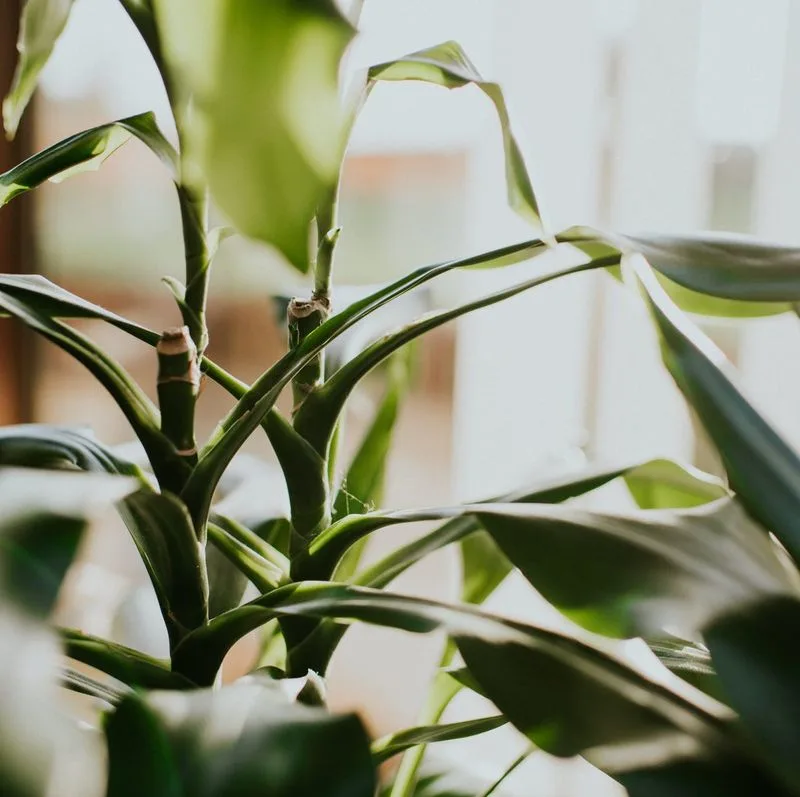
Choosing the right plants for hot climates is a proactive approach to heatwave survival. Drought-tolerant varieties such as succulents, lavender, or rosemary are well-suited for high temperatures and require less frequent watering. These plants have adapted to conserve water and withstand heat, making them ideal for challenging conditions. By selecting species that naturally thrive in heat, you reduce the risk of stress and failure. This thoughtful approach to plant selection not only ensures a vibrant garden but also simplifies maintenance. Embrace diversity by incorporating resilient plants into your collection.
Fertilizer Timing
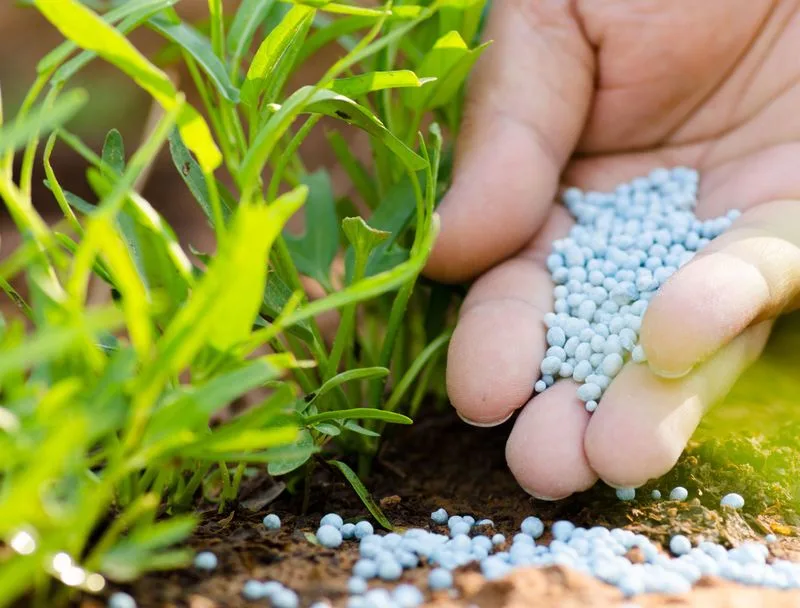
The timing of fertilizer application can influence plant health during heatwaves. Fertilizing during cooler parts of the day prevents rapid evaporation and ensures nutrients reach the roots. Avoid fertilizing during peak heat, as this can stress plants further. Choosing slow-release fertilizers can provide a steady supply of nutrients without overwhelming the plant. This method supports growth and resilience, enhancing your plants’ ability to recover from heat stress. Thoughtful timing and choice of fertilizers help maintain plant vigor, ensuring they continue to thrive despite the challenges posed by intense summer heat.
Regular Monitoring

Close observation is key to keeping plants healthy during a heatwave. Regularly check for signs of wilting, discoloration, or pests that may exploit stressed plants. Keeping a garden journal helps track changes and identify patterns over time. This proactive approach allows you to react swiftly to issues, preventing minor problems from escalating. Staying attentive to your plants’ needs ensures timely interventions, such as adjusting watering schedules or relocating plants as needed. Regular monitoring cultivates a deeper connection with your garden and empowers you to provide the care necessary to sustain plant health.
Community Knowledge Sharing
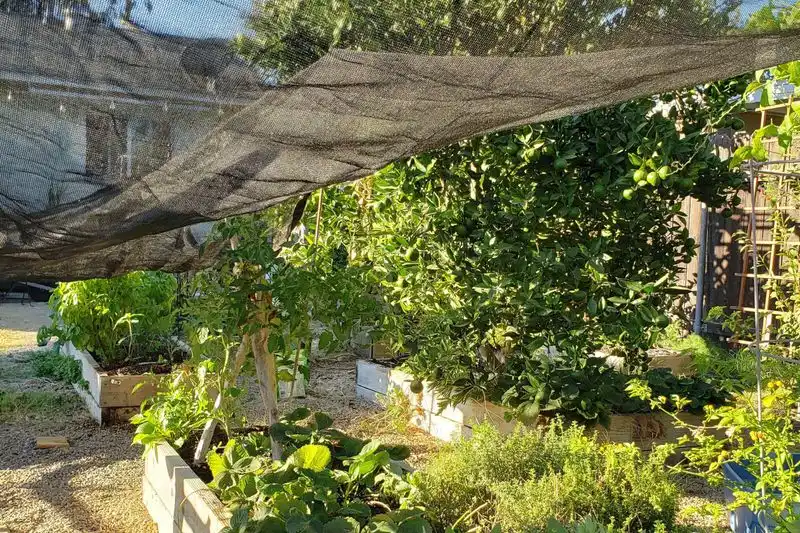
Engaging with fellow gardeners provides valuable insights and support. Sharing experiences and strategies can reveal new methods for managing plants during heatwaves. Community gardening groups, both online and offline, offer a platform to exchange advice and learn from others’ successes and challenges. Participating in these discussions broadens your knowledge and inspires innovative solutions tailored to your specific conditions. Building a network of plant enthusiasts fosters a sense of camaraderie and resilience, empowering you to tackle heatwave challenges collectively. This collaborative approach enriches your gardening experience, making it more rewarding and effective.

